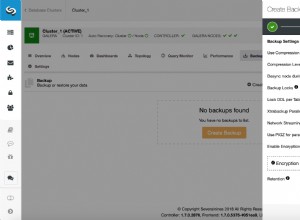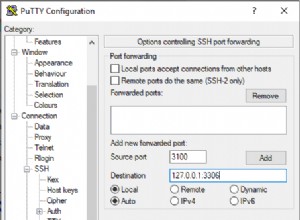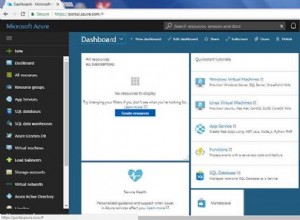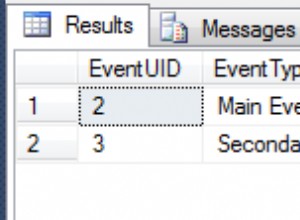Estas son secuencias de escape ODBC. Consulte Secuencias de escape de fecha, hora y marca de tiempo para obtener más detalles.
También hay una sintaxis similar para identificadores únicos
SELECT {guid '00000000-0000-0000-0000-000000000000'} ,
así como llamadas a procedimientos y algunas otras construcciones detalladas fuera de ese enlace.
Con respecto al resto de su pregunta, no conozco ninguna forma de tratar un literal entero como bigint o de cualquier recurso en particular que enumere todas las formas de influir en cómo SQL Server asigna tipos de datos a los literales. Algunas formas están a continuación.
;WITH cte(thing) AS
(
SELECT CAST(1 AS SQL_VARIANT) UNION ALL
SELECT $1 UNION ALL
SELECT 1e0 UNION ALL
SELECT 1.0000 UNION ALL
SELECT 2147483648 UNION ALL
SELECT {ts '2011-09-15 01:23:56.123'} UNION ALL
SELECT {d '2011-09-15'} UNION ALL
SELECT { t '13:33:41' } UNION ALL
SELECT {guid '00000000-0000-0000-0000-000000000000'} UNION ALL
SELECT 'Foo' UNION ALL
SELECT N'Foo'
)
SELECT thing,
sql_variant_property(thing,'basetype') AS basetype,
sql_variant_property(thing,'precision') AS precision,
sql_variant_property(thing,'scale') AS scale,
sql_variant_property(thing,'maxlength') AS maxlength
FROM cte
Devoluciones
thing basetype precision scale maxlength
------------------------------ ------------------- ----------- ------ ---------
1 int 10 0 4
1.00 money 19 4 8
1 float 53 0 8
1.0000 numeric 5 4 5
2147483648 numeric 10 0 5
2011-09-15 01:23:56.123 datetime 23 3 8
2011-09-15 00:00:00.000 datetime 23 3 8
2011-09-15 13:33:41.000 datetime 23 3 8
00000000-0000-0000-0000-000000 uniqueidentifier 0 0 16
Foo varchar 0 0 3
Foo nvarchar 0 0 6




